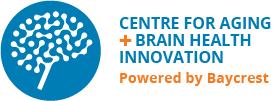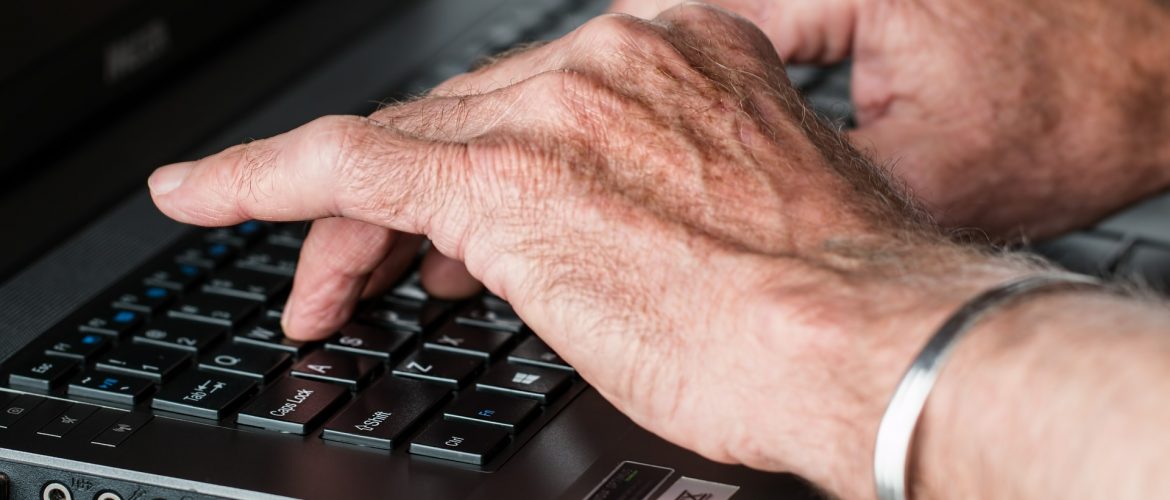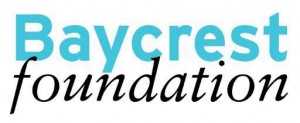What is the likelihood of living to 100 for older adults? Greater than you think. Can you imagine that by 2050, the number of people living to 100 will grow from 72,000 to 1 million in the United States? In Canada, centenarians are the fastest-growing age group. Today, there are 450,000 centenarians worldwide, with the longest disability-free life expectancy found in Okinawa, Japan. Is society ready to accommodate double the number of people who will be living to 100 and beyond? What will the experience be like? Today’s centenarians offer clues as to how they came to live so long – genetics, healthy lifestyle, marital status. What these individuals were not, however, is socially isolated, as many of today’s boomers may be.
A conundrum – will less healthy baby boomers be among the centenarians? Baby boomers may have a longer life expectancy at 65 than their parents, most likely due to the availability of more sophisticated health care and medications; but for a disease-free quality of life in their later years, they will they need to fix lifestyle and health issues that did not characterize their parents. For instance, boomers have shown themselves to be more likely to be obese, have poorer eating habits, have a greater prevalence of diabetes and take more medications than the previous generation. Almost all boomers want to lose weight, but when asked, ironically, they want to do so without exercise. And beyond age 80, most boomers will have some hearing loss.
Resource constraints may boost dependency on technology for seniors and caregivers. But the benefits of technology may not just be related to disease management and lifestyle. As the population ages, will there be enough family members and professional caregivers to provide care? According to predictions, the ratio of available caregivers to potential care recipients is going to worsen. Better technology and more creative uses of it are likely opportunities to mitigate the growing caregiver gap. These include making greater use of sensors in the home (the so-called “Internet of Things”) to detect issues with gait and falls. Population health data will help identify those at greatest risk of health issues and likely readmission to hospitals (see Figure 1: Table of Categories that may matter).
Making assumptions about care helps us to understand centenarians’ future needs. How should society leverage available and future technology capabilities? With lengthening life expectancy, poorer health and fewer available people to provide care, we can better understand the context for technology’s use with regards to centenarians. The growing cost of providing in-person care will be an impetus for delivering more care remotely, including digital health technologies for diagnosis and remote monitoring, the use of wearables like smart watches or other jewellery to sense a problem like a fall and alert others. (See Figure 2 Centenarian Day in the Life)
Centenarians of the future will benefit from technology (r)evolution. Eight years ago there were no commercially available consumer tablets. Five years ago, there were no smart speakers on the market. Today’s older adults have the benefit of access to large bright screens, devices they can speak to naturally and expect a response, and widely available in-home WiFi and growing Internet use among their peers. However, while Internet access is growing globally, the oldest old may still be non-participants in the benefits accrued by being online. And non-participation may be due as much to the future cost of connection as due to lack of awareness.
Figure 1: Table of technology categories that may matter
| Category | Examples | Implication/Benefit/risk |
| AI/Voice | Voice interfaces everywhere; increased engagement tools like Alexa, Google Assistant | Cost of higher speed Internet connection; privacy concerns |
| Social, Learning | Social networks, online learning | Maintain connection to family; learning in advanced old age; isolation of the offline |
| Digital health | Wearables, remote patient monitoring | More effective chronic disease management; alerting care providers |
| Dementia care | Engagement, cognitive, wander management wearables | Improved cognitive function, lower risk of injury to wanderers |
| Hearing | Self-testing websites, OTC hearing aids, amplifiers/hearables | Lower price and access, reduced stigma, enabling broader use; isolation, poorer health, dementia risk for non-users |
| Fall prevention
/detection |
Weight-bearing exercise coaching, fall detection and gait analysis wearables | Reduction of hospitalizations due to falls, prediction of injury from gait analysis; risk of resistance from health professionals |
| Care Coordination | Tools for tracking care resources, tasks, milestones, care status | Family caregiver organization of tasks improves care quality; barriers of non-integration with health data remain |
| Internet of Things
/Smart systems |
In-home security, individual motion/movement, cameras | Configured homes provide greater safety for very old; non-participation due to cost and lack of awareness |
| Predictive analytics | Identifying at risk population, predicting future individual incident | Health/insurer groups maintain contact with at risk groups; individual providers reach out to centenarians at risk |
Figure 2: Centenarian morning-in-the-life scenario enabled by technology
At 101, Mrs. Johnson lives alone in an independent living community and walks without assistance. Each day she wakes with an amplified voice-enabled alarm clock that tells her the time and offers a tip from its smart assistant on what to wear, given the weather. She views her activity schedule for the day and sees that she is scheduled to attend lunch and a play with a grandson. She always wears her attractive smart watch, which measures her heart rate and would warn if she fell. Her path to the bathroom is lit by motion-sensing lighting and alerts a caregiver that she is up. She glances at the voice-enabled display showing messages, news and fun facts for the day – spoken aloud and displayed. Her vital signs from the watch are regularly transmitted to a nurse and Mrs. Johnson can expect a call from a nurse if her vitals are out of range. Her daily stats are transmitted and aggregated because she is part of a study tracking the wellbeing of centenarians. Mrs. Johnson speaks a request for a ride pickup for later that day. She receives a call from her grandson then walks to the dining room to meet friends for breakfast.
Laurie M. Orlov, a tech industry veteran, writer, speaker and elder care advocate, is the founder of Aging in Place Technology Watch — market research that provides thought leadership, analysis and guidance about technologies and services that enable boomers and seniors to remain longer in their home of choice.


